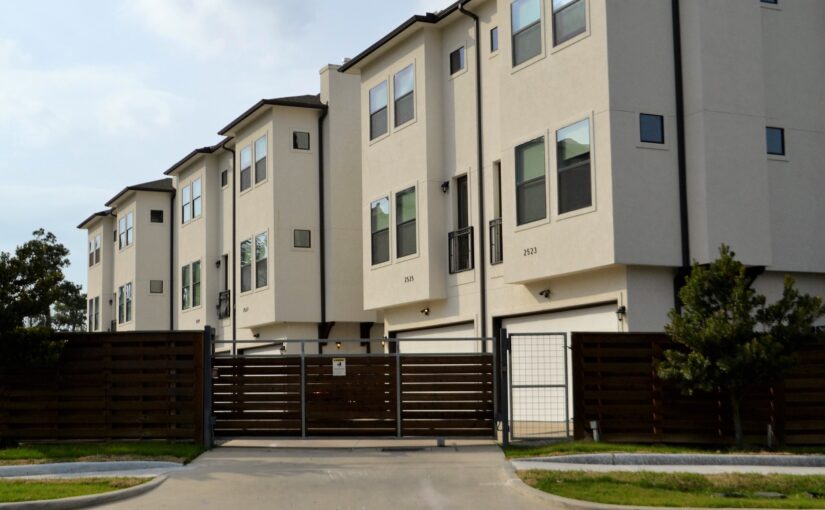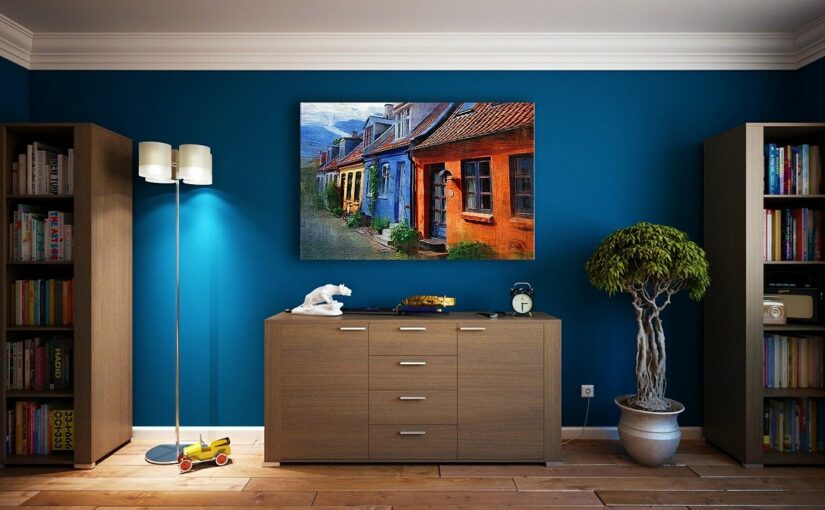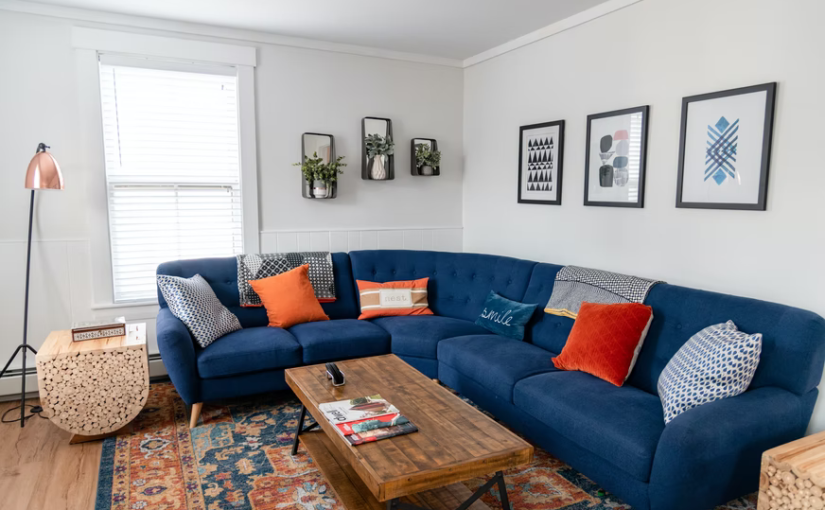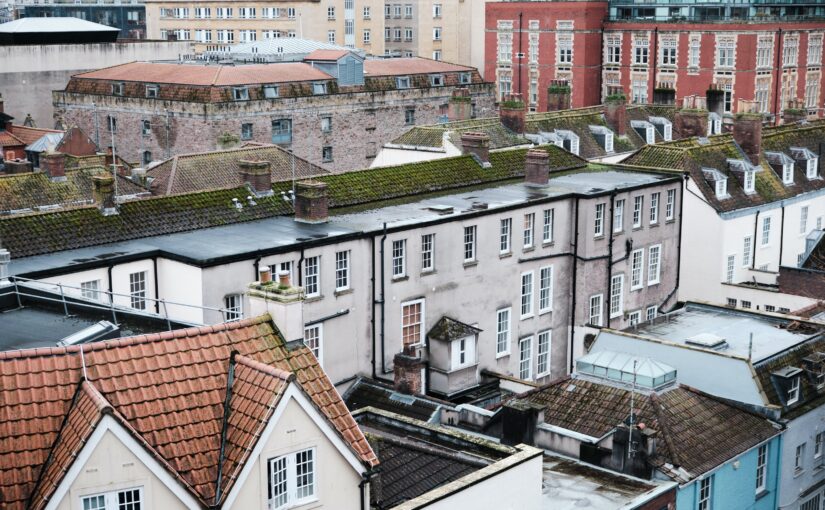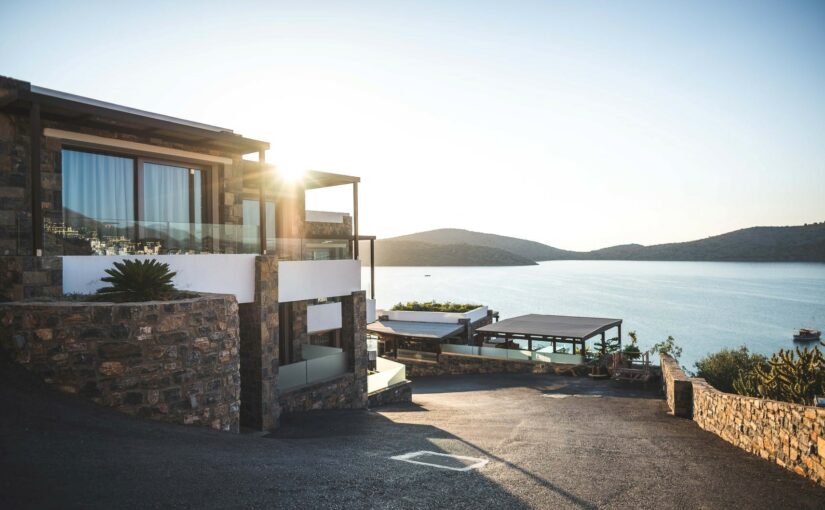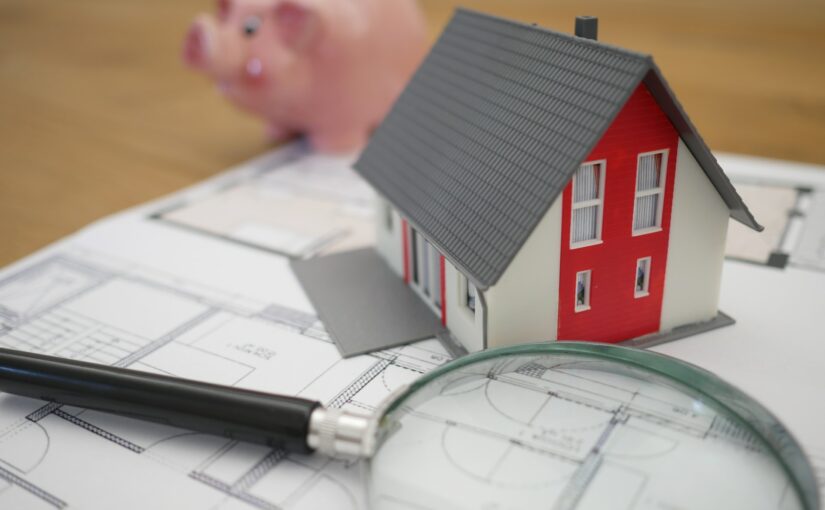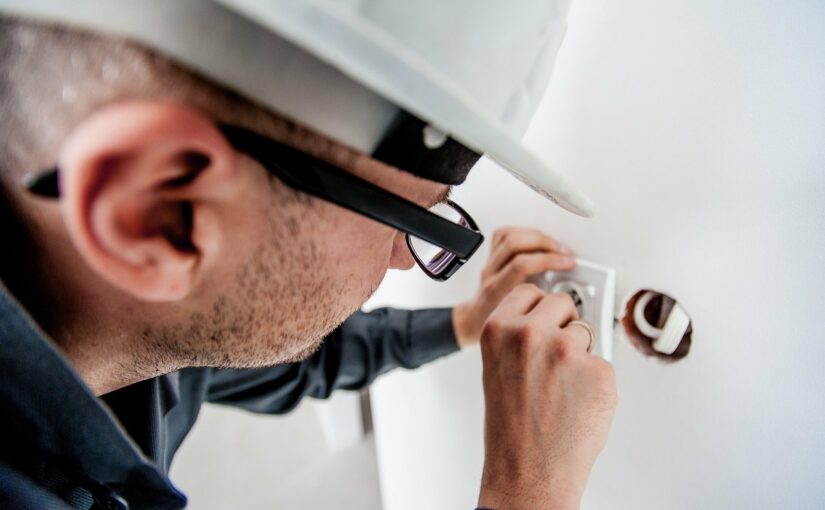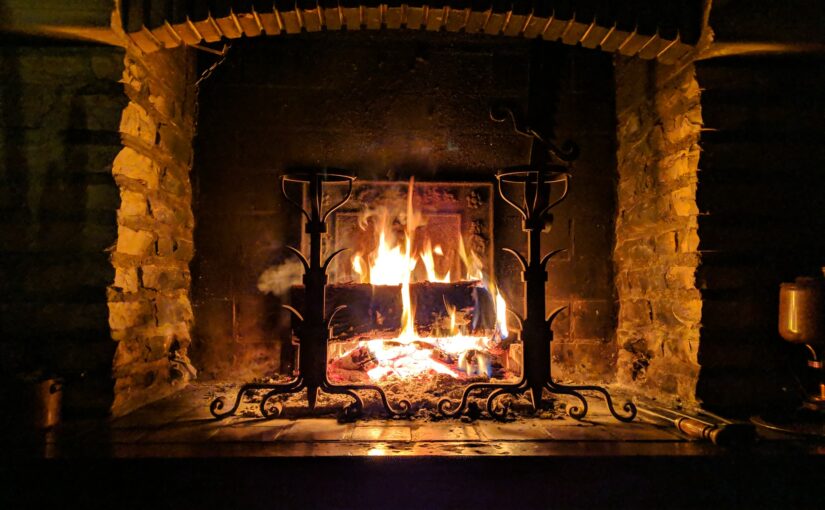If you are deciding your career and you like to know what’s the deal with architects vs real estate agents – maybe to decide whether you should be an agent now or study to become an architect than this article is for you.
Architects design buildings and carry a lot of responsibility – therefore one might think that an architect would gain more money. But this might not necessarily be the case. Of course, it depends on a few factors, such as the country you are working, how famous you are as an architect or how many social connections you have as an agent.
Who Gains More – The Architect or the Real Estate Agent?
Architects gain less on a house than real estate agents, and this is because they don’t get a commission on the sale of the house. They instead get paid by the hour or for their design.
Therefore, there is a sense of fairness in paying architects less than they would pay to an agent. Architects are rewarded for their creative skills that they put into the design of the house, whereas an agent may just be rewarded for negotiating skills.
In some cases, it might be that the architect gets as little as 1% of the house worth for his work whereas a real estate agent might get 3% or more to sell a property. Also, one house might be sold a few times over the years, giving more chances for agents to make money. If that’s the case it seems obvious that it is more profitable to be an agent rather than an architect.
You have to keep in mind though, that agents don’t sell all houses that they have on offer. This means they might be putting a lot of time and effort into some deals that will never give them anything in return.
Architect vs Real Estate Agent
An architect is the one who designs the building. They are responsible for the construction of buildings, buildings layouts, and more.
An agent is a person who sells real-estate property on behalf of the owner. They are also called property agents or estate agents. Their main job is to find clients and help them buy or sell their property.
Architects who are famous are more likely to make more money. They are the ones who design the big building, and they need to be paid for their expertise. On the other hand, real estate agents will always be needed in the process of selling and buying a property.
The Difficulty for Architects in Marketing Their Own Product
Architects face a lot of difficulty when marketing their own work. The architecture profession already suffers from low status and low pay, so it is increasingly difficult to get into marketing your work as well.
They must take on the role of artist, developer, manager, and marketer in order to market their work well. They must become a jack-of-all-trades in order to succeed in this industry.
What Are the Best Countries for Architects?
Architects are one of the most well-travelled professions in the world. They visit different countries for various reasons; such as to get inspiration, to network with other professionals, or even to find a better work environment.
While this is true for all architects, it is especially true for freelancers who have more flexibility in their schedule. Freelance architects often rely on connections with local firms abroad because they can’t afford to work without income for too long.
What is the Difference Between the Two Jobs?
Real estate agents are professionals who are responsible for the sale of properties. They market the property, show it to prospective buyers and negotiate the price of the property.
Architects are professionally trained in disciplines like design, construction, and engineering. They take up careers in building construction and design.
If you work as a real estate agent you would interact with clients on a daily basis who want to buy or sell their house or land. It is possible to work as an agent without any formal education. Although most people prefer experience over qualifications which is why it’s always better to start by working at another agency before branching out on your own.
Architects usually have graduate degrees in architecture from accredited schools/universities that take three years or more to complete.
Conclusion
Do real estate agents make more money than architects? Yes! While architects need to go to university and carry a lot of responsibility, real estate agents don’t need to go to university, and they make more money with less responsibility.

